If there’s one thing I’ve learned about the rowing on the Lower Columbia River, it is to go with the flow. Winters there tend to be gray, windy, cold, and wet, but when I heard that a ridge of high pressure was approaching the Pacific Northwest bringing uncommonly clear skies and mild winds at the end of first week of February, it was an opportunity I didn’t want to let pass. I’d get to row in sunshine and soft winds among the overwintering migratory birds at the Lewis and Clark National Wildlife Refuge.The refuge consists of 20 small islands strung along 27 miles of the Columbia River and surrounded by marshes that are sometimes inundated by high tides. This reedy landscape is a winter home to 50,000 scaups, thousands more Canadian, cackling, and snow geese, trumpeter swans, pintails, teals, buffleheads, hooded and common mergansers, ruddy ducks, horned grebes, scoters, northern harriers, and peregrine falcons. For eons, countless birds have fed, rested, and nested in the refuge and along the Oregon mainland shores among the ubiquitous bald eagles and ospreys. Here the Corps of Discovery—wrote William Clark on November 26, 1805—found “Great numbers of Swan Geese Brant Ducks and Gulls in this great bend which is Crouded with low Islands covered with weeds grass &c. and overflowed every flood tide….”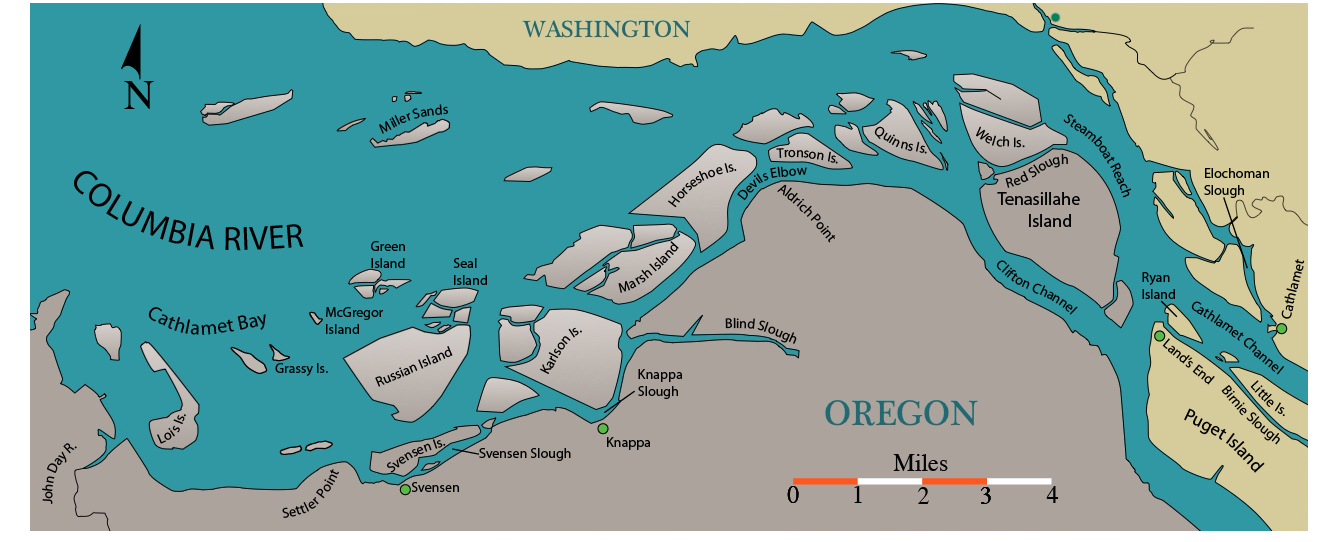
Join The Conversation
We welcome your comments about this article. To include a photo with your remarks, click Choose File below the Comment box.
Comments (2)
Comments are closed.

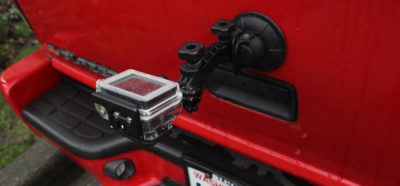
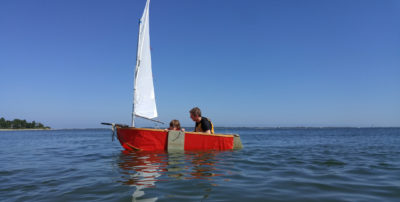
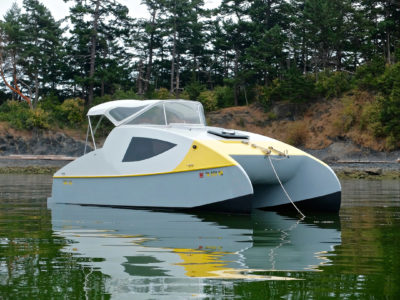



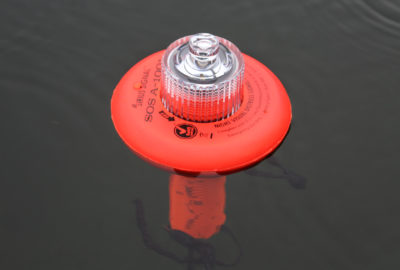
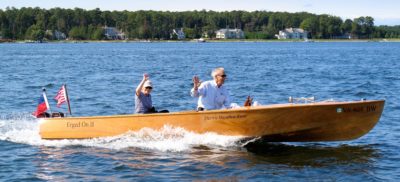

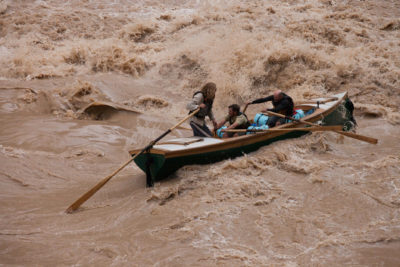
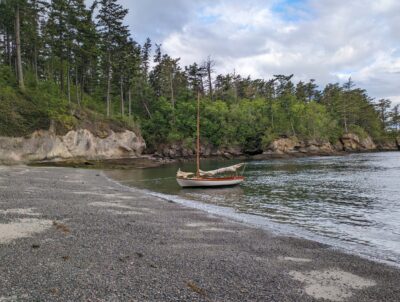
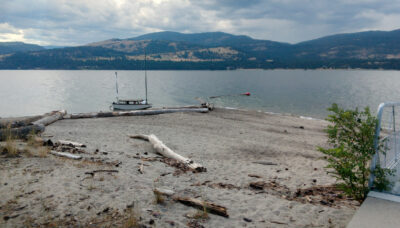
Really nice article. Your description of the surroundings, sounds, and birds along with the pictures are very interesting and entertaining. I enjoyed it immensely.
I really enjoyed this story of your solo row on the Columbia River. I took a steamboat tour on the Columbia a few years ago and loved it. You really know how to put what you see down in words. Please write of your next row on the river.